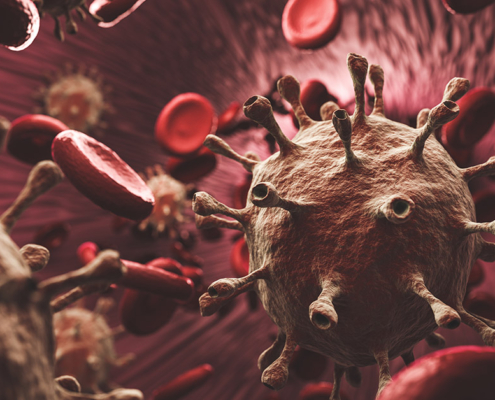Warning Signs of a Heart Attack
Warning Signs and First-Aid for Heart Attacks
Understanding the warning signs and knowing how to provide first-aid for heart attack victims can save a life. Heart attacks affect over a million people in the USA every year. This condition is called a myocardial infarction. The term means a severe loss of blood to the cardiac region. The term cardiac refers to the heart. The term infarction refers to the death of tissues starved of oxygen and blood.
Medical professionals know how to recognize the warning signs of a heart attack. This ability allows them to provide first-aid to patients before serious damage or death occurs.
As a first responder, you can learn to recognize the warning signs of a heart attack. This ability allows you to render immediate assistance and contact emergency professionals.
Learn how to evaluate a person who may be suffering a heart attack. Obtain the skills you need to take the most appropriate action. Affordable CPR training and certification is available through First Response Training International.
Common Warning Signs of a Heart Attack
Pre-existing medical conditions can contribute to the severity of a heart attack. For example, silent heart attacks are more common in people with diabetes. The existing condition can cover up the underlying problem. This requires medical attention to treat the patient and stabilize his or her condition. The most common warning signs include:
- A heart attack victim will often feel intense pressure in the chest area. The sensation may radiate down the arm or up to the throat and jaw. The discomfort will persist even if the person attempts to relieve it through rest or medication. Chest pressure is a classic sign of a heart attack, but many people are still unaware that it indicates an emergency.
- Sensations similar to heartburn may become persistent. This symptom includes a choking sensation not relieved by changing posture or position. The area around the stomach might become full and some indigestion may occur.
- Additional symptoms of a heart attack may include difficulty breathing, vomiting, dizziness and emotional disturbances. Anxiety and fear are common during a heart attack. These feelings occur because there is a loss of control over basic functions like breathing. Many of these symptoms persist for 30 minutes or more. This adds to the sense of immediate distress.
- During a heart attack, a trained observer might notice an irregular heartbeat. This is a common sign you can palpate externally. The patient might also experience an unusually rapid heartbeat. A combination of symptoms may create even more distress.
Shortness of breath combined with rapid heartbeat and pressure on the chest can make the person even more anxious and fearful. The symptoms are even worse if no one understands what is happening.
Training can help you to recognize the signs of a heart attack. Reassure everyone involved that medical attention is on the way.
Although these are the most common symptoms of heart attack, there are others. For example:
- Some heart attacks are silent in the sense they are asymptomatic. These cases are difficult to deal with unless you have the training needed to recognize them and respond accordingly.
- Although these heart attack cases can happen in people of any age, they are more common in people middle age or older.
Why Get First-Aid and CPR Certified?
Heart attacks can happen at any time. Recognizing the most common signs is important. CPR and First-Aid Training for heart attacks will help you to understand how to respond if someone displays common warning signs.
Many people have aging relatives. Age makes these relatives prone to heart attacks. Training and CPR certification can also help you better grasp the reason heart attacks happen. This understanding will help you to recall and apply the information in real time.
Health Training for Heart Attacks
Participants in heart attack courses learn about the need for the heart to have a continuous supply of blood. The training also covers the role of the surrounding anatomy like the coronary arteries, which supply blood to the heart.
If any narrowing of these arteries occurs, the heart may become cut off from the normal blood supply. Cardiac tissue will die rapidly if the blood supply diminishes for even a short time.
There are different types of heart attacks. The medical terms only refer to the causes. There are multiple reasons why a person might have a lapse in blood supply to the cardiac region.
For example:
- A spasm of the coronary artery is one possible cause for a heart attack. However, this is less likely to happen than a heart attack caused by plaque build-up in the surrounding arteries.
- Narrowing of the arteries is one of the most common reasons for heart attacks.
First Response Training International
Our organization offers affordable and thorough courses on how to respond to a person suspected of having a heart attack. Cardiac events can be traumatic for all involved, so it helps to be prepared. This information can also help you to keep others informed while awaiting medical assistance.
Heart attack patients benefit most if they receive medical aid within the first two hours after symptoms begin. Early detection is the key to minimizing damage.
Once qualified health professionals arrive, they can relieve pressure on the arteries and restore the normal blood flow to the heart. However, irreversible damage may occur if they cannot provide this assistance in time.
Protect your loved ones from the dangers associated with heart attack by getting certified in CPR now. First Response Training International offers a variety of options for learning. These ways include hybrid study courses which combine online training with hands-on practice. For additional information, contact us today.












Efterlad et svar
Vil du deltage i diskussionen ?Du er velkommen til at bidrage !